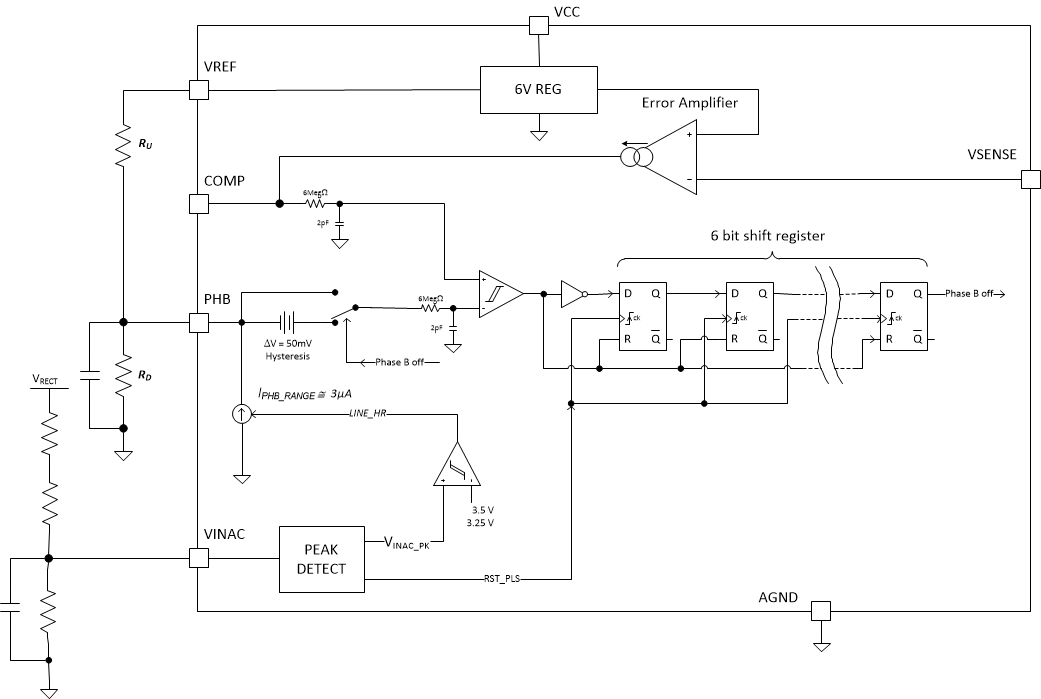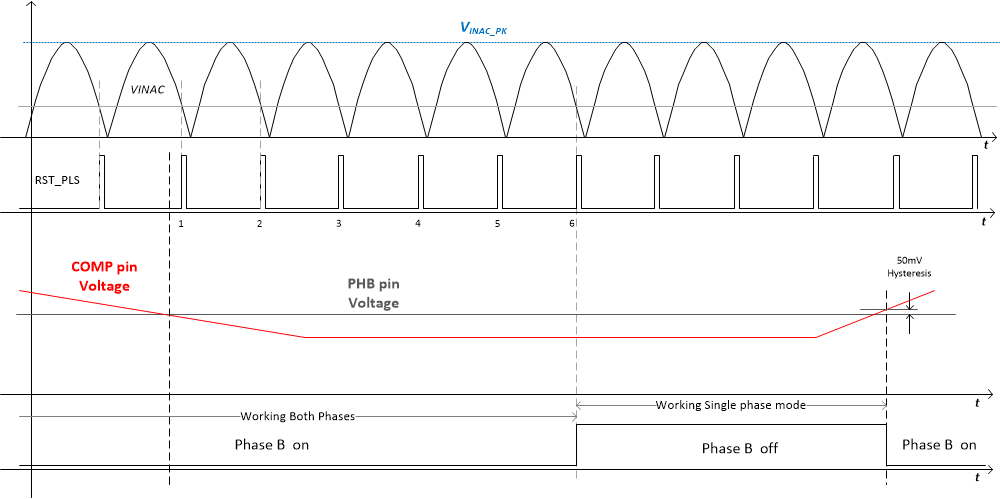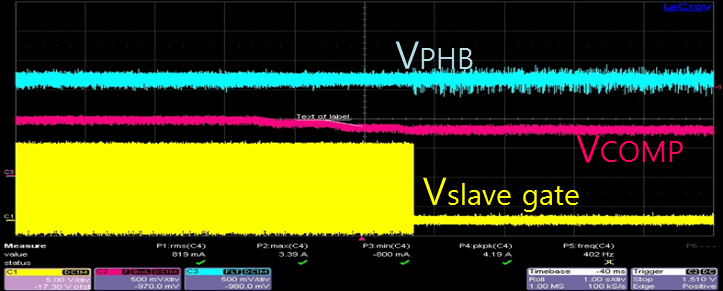Other Parts Discussed in Thread: UCC28063
Hello
My client is currently working on a new project with UCC28064. 300W input is being designed. The problem is that the overlapping phase appears in 28063.
As far as I know, I heard that ic was improved for the same phase in 28064, is not it?
Another problem at the moment is AC264V, which operates in one phase under light loads as shown in the datasheet. However, as shown below,
90V does not match the contents of the datasheet. Which part should I refer to?






